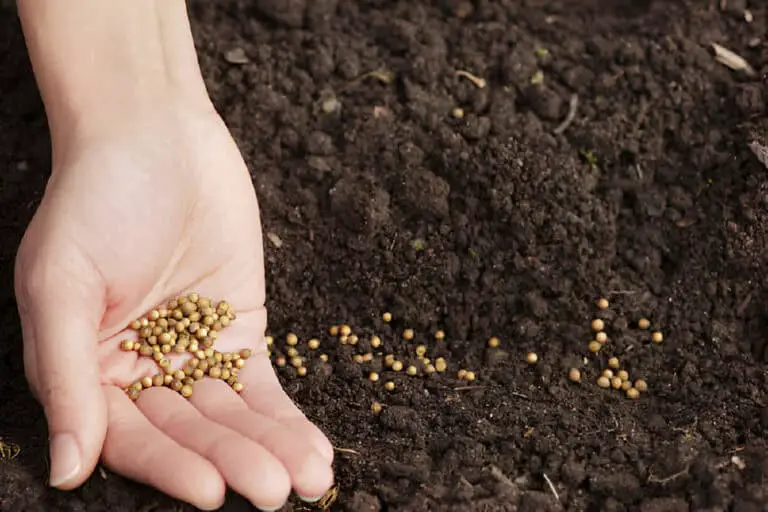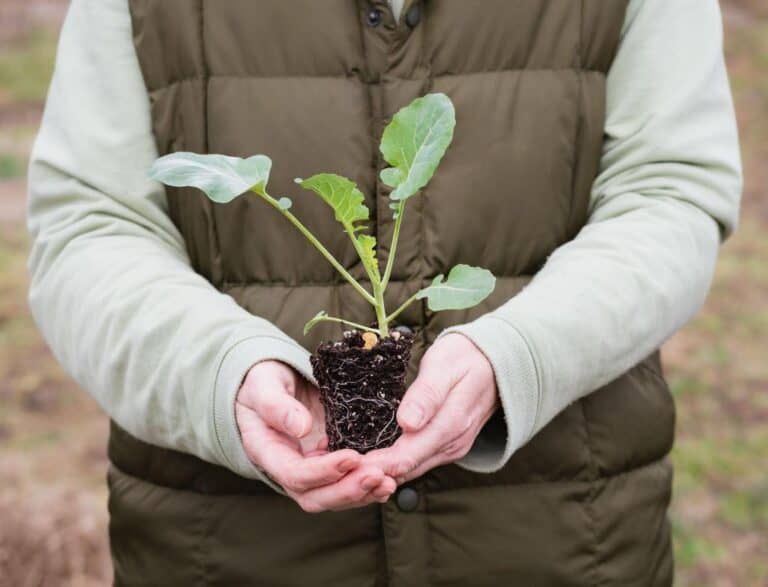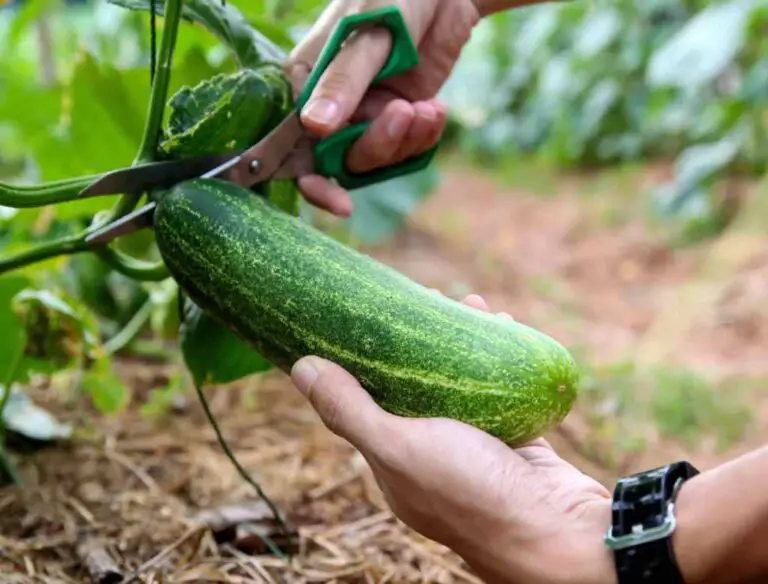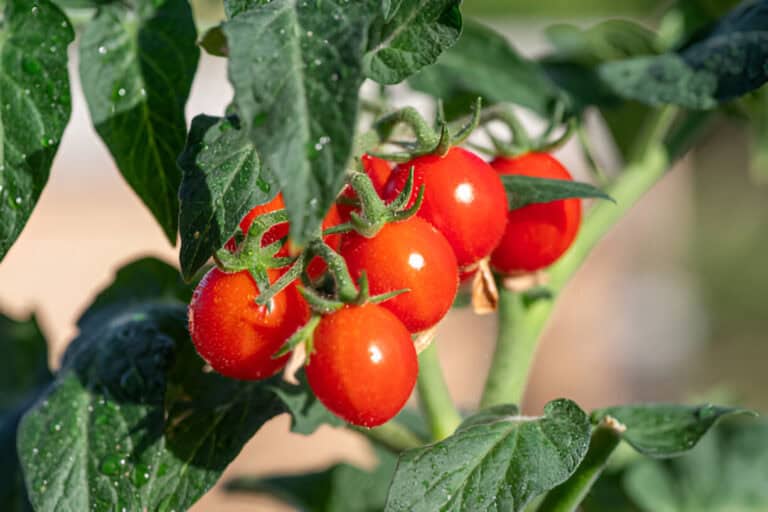Do Grape Seeds Need to Be Stratified? A Gardener’s Guide to Seed Prep

When I first started growing plants, I quickly learned that not all seeds are created equal. Some seeds just need a bit of soil and water, and they’re good to go. Others, like grape seeds, demand a bit more attention.
Growing grapes from seed is a bit like raising a child—it takes patience, nurturing, and just the right conditions. I remember when I first decided to grow grapevines, thinking I’d toss some seeds into the soil, water them a little, and boom—vines! Little did I know that grape seeds need some special attention, especially when it comes to stratification.
So, do grape seeds need to be stratified? The short answer is yes, but let’s dig into the why and how. I’m here to share my personal experience and insights, so you can grow those grapes with confidence!
What Is Stratification Anyway?
Imagine being a grape seed, snug and cozy in a grape cluster. As the seasons change, Mother Nature signals you to wake up, but only after winter passes. That cold period tells you it’s time to sprout when spring arrives.
That’s essentially stratification—tricking the seed into thinking it’s gone through winter so it can wake up and grow.
Why Grapes Need Stratification

In their natural habitat, grape seeds fall to the ground in autumn and lie dormant throughout winter. The cold temperatures break down the tough outer seed coat, allowing the embryo inside to sprout in spring. By stratifying your grape seeds, you mimic nature’s process and increase your chances of successful germination.
Here’s where I got it wrong the first time: I skipped stratification and just planted the seeds. A month later, nothing. Not a single sprout. It was like planting in the desert, waiting for rain that never came. That’s when I realized I needed to mimic nature’s cold cycle.
A Quick Overview of Stratification Steps
I like to keep things simple, so here’s a step-by-step breakdown of the stratification process:
| Step | Action |
| 1. Soak the Seeds | Soak your grape seeds in water for 24 hours to soften the seed coat. |
| 2. Prepare the Medium | Use damp paper towels, peat moss, or sand as a medium for stratification. |
| 3. Place in Fridge | Put the seeds and medium in a ziplock bag and store them in the fridge for 30-90 days. |
| 4. Check Regularly | Keep an eye on moisture levels and sprouting during this cold period. |
| 5. Plant When Ready | After stratification, plant your seeds in warm soil to kickstart growth. |
Simple, right? But don’t rush the process—grape seeds need time to fully embrace their “winter” experience before they’re ready for spring.
| Also read: Do Watermelon Seeds Need Stratification? |
Why You Shouldn’t Skip Stratification
Skipping stratification is like trying to bake bread without yeast—sure, you can try, but you probably won’t get the result you want. The cold helps break the dormancy of the seeds, preparing them to sprout once they’re planted. Grape seeds will simply sit in the soil without germinating.
I learned this the hard way. I remember my excitement when I planted grape seeds without stratification, thinking I’d see tiny sprouts within a couple of weeks. But after a month of nothing happening, I realized I had skipped a vital step. Patience is a virtue, especially when it comes to grape seeds!
How Long Should You Stratify Grape Seeds?
Grape seeds need cold stratification for at least 30 to 90 days. Now, this might sound like a long wait, but trust me, it’s worth it. I usually aim for the 60-day mark, and it’s like clockwork—once I plant them, they start to sprout in no time. It’s like giving them a slow but necessary wake-up call.
Ideal Conditions for Stratification
Just like some of us prefer a cozy bed to rest in, grape seeds need the right environment during their cold slumber. Here’s what works best:
- Temperature: Keep the fridge around 32°F to 41°F (0°C to 5°C). Too warm, and you’ll miss the dormancy effect; too cold, and you risk damaging the seeds.
- Moisture: Seeds need to stay slightly moist, not drenched. Too much water can cause mold, and nobody wants that. I prefer using damp paper towels or sand, which hold moisture just enough without drowning the seeds.
A Handy Table for the Stratification Timeline
If you’re a planner like me, this table will help you keep track of your grape seed stratification journey:
| Stratification Day | Action |
| Day 1 | Soak the seeds in water for 24 hours |
| Day 2 | Place seeds in a damp medium (paper towel, peat moss, or sand) |
| Day 3 – 60 | Store seeds in the fridge, checking moisture levels every week |
| Day 60+ | Remove seeds and plant in warm soil for germination |
How to Tell If Your Grape Seeds Are Ready for Planting
Once you’ve gone through the stratification process, you might be eager to get planting. But how do you know your grape seeds are ready?
- Signs of Sprouting: Sometimes, you’ll see tiny roots emerging while the seeds are still in the fridge. That’s a wonderful sign! If this happens, it’s time to plant them right away.
- Test the Seeds: Gently press on the seed coat. If it’s softened and cracks easily, the seeds are ready to be sown.
When to Plant Stratified Grape Seeds
The best time to plant stratified grape seeds is in the early spring, once the danger of frost has passed. This gives the seeds time to establish themselves in warm soil. Remember, grapes love sun and warmth, so choose a sunny spot for planting.
My Personal Tips for Planting Grape Seeds
Through my trial and error with grape seeds, I’ve learned a few tricks that can help you:
1. Start Indoors First
If you live in a colder region like me, it’s often better to start your seeds indoors. I use small pots and place them by a sunny window. Once they’ve grown a bit, I transfer them outside.
2. Don’t Overwater
Young grape seeds don’t need to be drowning in water. Keep the soil moist but not soggy. Too much water can cause rot, which is the last thing you want after all that time stratifying.
3. Patience Pays Off
Growing grapes from seed takes time—there’s no rush. Think of it like watching a good movie unfold. The process might seem slow, but the reward of juicy grapes is worth the wait.
| Read: Do Snapdragon Seeds Need Stratification? |
Common Questions About Grape Seed Stratification
I’ve gotten plenty of questions from fellow gardeners curious about grape seed stratification, so here’s a little FAQ section to clear up some of the mysteries:
Do all grape seeds need stratification?
Yes, most grape seeds, especially those from cold-climate varieties, need stratification to mimic winter conditions. However, some varieties may germinate without stratification, but the success rate is lower.
Can I stratify grape seeds outdoors?
Technically, you can. By planting seeds in the fall and letting nature take its course over winter, you can stratify them naturally. However, I prefer the fridge method because it gives more control over temperature and moisture.
What happens if I don’t stratify grape seeds?
If you skip stratification, the seeds may remain dormant and fail to sprout. You’re essentially leaving them in sleep mode without that cold wake-up call they need.
Final Thoughts: The Payoff Is Worth It
So, do grape seeds need to be stratified? Absolutely! It might feel like an extra step, but in the world of gardening, patience and preparation often make all the difference. Stratifying grape seeds gives them the best chance to grow strong and healthy, leading to beautiful vines and, eventually, luscious grapes.
In the end, growing grapes from seed is a journey—one that mirrors life in many ways. You can’t rush the process, but with the right care and a little patience, the results will be sweet. So, grab those grape seeds, follow the stratification steps, and soon enough, you’ll be on your way to a backyard vineyard!






